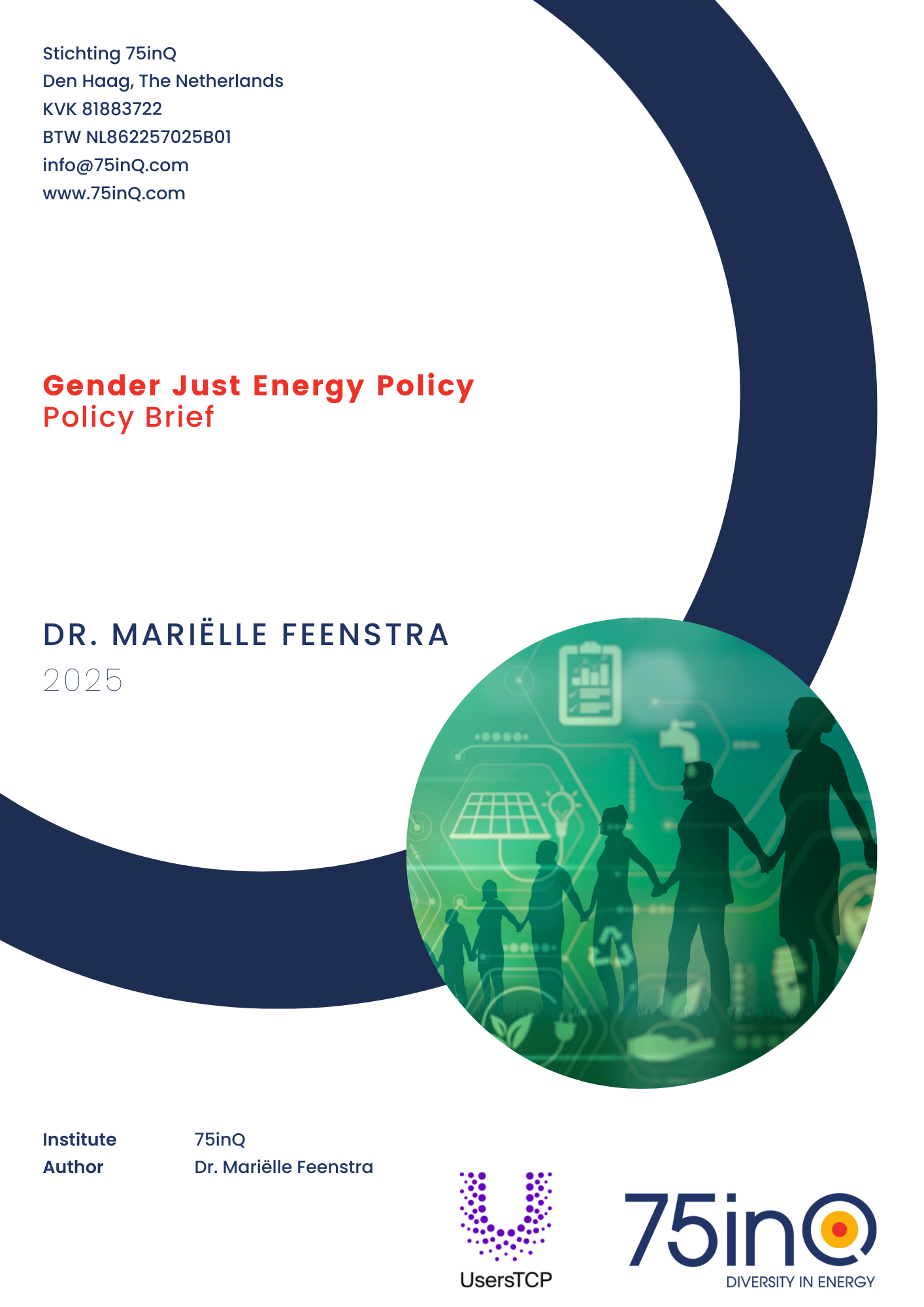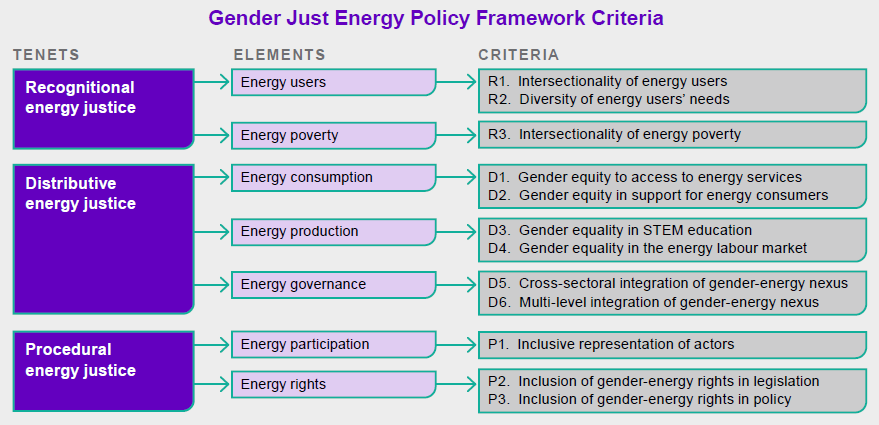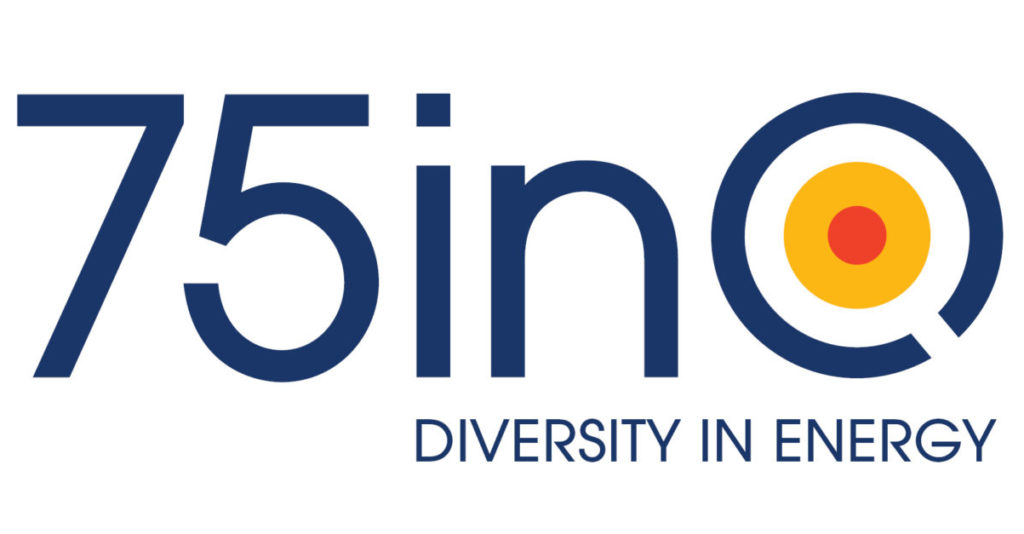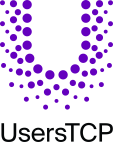Gender Just energy policy
Policy Brief
February 2025
Citation
Feenstra, M. (2025) Gender Just Energy Policy – Policy Brief, 75inQ

Gender Just Energy Policy
Policy brief
| Date | February 2025 |
| Author | Dr. Mariëlle Feenstra, 75inQ |
Context
The overarching aim of the EmPOWERing All task is to bring science-based evidence on how to formulate and implement clean, effective and inclusive energy policy and technological interventions, building on perspectives from gender research. This policy brief provides an introduction on how to address and assess energy policy using the gender just energy policy framework.
Gender-just lens to analyse energy policies: gender just questions to ask
Interrogating energy policies with gender-just questions is a valuable way to surface potential inequities in policy and ensuring they address diverse needs equitably and promote fairness across genders. Based on the research from the Users TCP EmPOWERing All task, the following questions were identified*:
- Is gender mainstreaming included in policy impact assessment procedures?
- Is there an institutional framework installed to support the processes?
- Besides the technical issues, which social aspects are addressed?
- Are relevant intersectionalities accounted for? Gender is not the only criterion, its intersection with age, (dis)ability, income/social capital, education, race/ethnicity, language skills, and sexuality counts.
- Who are the targeted groups and how diverse are they? (Seniors, women, children, people living in small cities, low-income group, people with caring responsibilities, people with digital competence, people with health issues, etc.)
- How are the target groups framed? Are they perceived as users, participants or both?
- Does the policy include measures for improved and equal energy access keeping in mind the unique constellations of gendered injustices?
- Does the policy document address improved service delivery and include concerns of the Hard to Reach Energy Users?
- Does it work towards affordable and development of user-friendly technologies?
- What is the geographical scope of the policy and does it reflect the social inclusive context of that scope (international, national, regional, local)?
- In the case of energy consumption, how are the actors and their decision-making processes imagined? (Individually, collectively, household members, etc.)
- Are both sex and gender disaggregated data collected and analysed on energy access and use?
* The findings are limited to the socially constructed and biological based gendered differences between males and females, since the existing evidence base doesn’t provide sufficient evidence to draw conclusions on genders other than these.
Key Findings
Energy Justice and energy policy design
Gender inequality, social injustice and unequal access to energy is a global concern embedded in the Sustainable Development Goals (SDGs) that call for action at the national policy level. Energy justice serves as a guiding framework to determine what should be developed or changed in energy policy, helping to shape its design and assess its implementation. Energy justice can be applied both as a normative framework that focuses on what should be done based on values and principles, as well as an evaluative framework that assesses how well actions or policies meet those standards. Our UserTCP research added the gender component to address social inequalities in energy justice policy design.
| TENETS | EVALUATIVE | NORMATIVE | GENDER |
|---|---|---|---|
| Recognitional | Who is ignored? | Who should be recognised? | Intersectionality of energy users and their needs |
| Distributive | Where are the injustices? | How should we solve them? | Gender equality and gender equity in energy access |
| Procedural | How fair is the process? | Which new processes to develop? | Inclusive representation and acknowledgement of inclusice energy rights |
Gender Just Energy Policy
In the gender just energy policy framework developed in the research of the task, we identify seven elements that reflect a whole system approach by incorporating the perspectives of consumers, producers and decision-makers across the multiple levels and sectors of energy transition. To assess these elements, we define a set of 12 criteria that address the interlinkages of the three tenets of energy justice (recognitional, distributional, procedural).

Lessons learnt
Three challenges to making efficient and inclusive energy policy:
- Lack of gender (and) disaggregated data limits the knowledge transfer between actors in the energy system and policymakers
- Dominant gender-biased and gender-blind norms of the current sociotechnical energy system impact the mindset of policy makers and designers
- Users’ perceptions are not included in policy making and technology design leading to non-inclusive interventions that might increase existing inequalities in society
Acknowledgments
These recommendations arise from Phase 1 of the Users TCP Task ‘EmPOWERing All: Gender in policy and implementation for achieving transitions to sustainable energy’. Figures originally published in Feenstra, M. Gender Just Energy Policy: Engendering the energy transition in Europe.
For more information on gender and energy transition visit: www.75inq.com/library or https://doi.org/10.47568/7PB142



